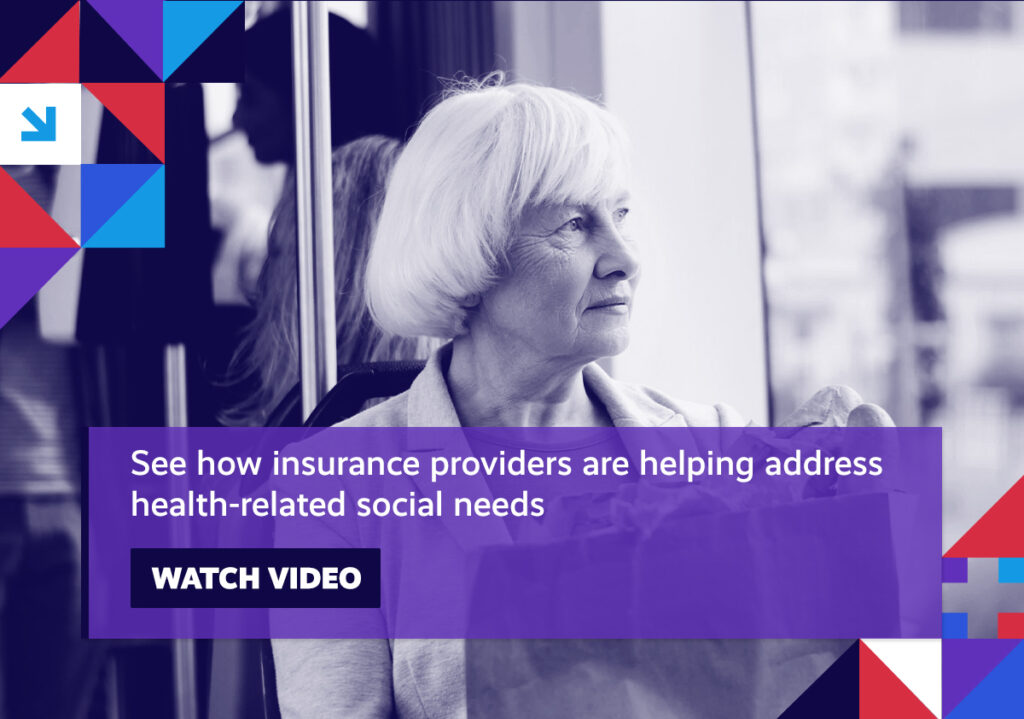A new analysis links provider concentration with higher insurance costs; regulators target hospital compliance with new consumer surprise medical billing protections; stakeholders urge lawmakers to restore flexibility for telehealth coverage; and, a pair of new reports underscores the impact of rising drug prices.
We encourage you to stay involved as implementation efforts surrounding healthcare reform progress. Visit the Health Action Network and be sure to let us know what’s on your mind.
Item of the Week

Week in Review
Provider Market Power: A new analysis adds to the mounting evidence showing what happens to consumers’ healthcare costs when providers consolidate – namely, that those costs go up. Research has already established that increased provider consolidation has failed to result in streamlined administrative functions, clinical integration, higher quality and better outcomes, or cost savings, despite the assertions used to bolster the arguments justifying consolidation in this space. Now, a new study from the Congressional Budget Office (CBO) links providers’ market power to consumers’ high insurance costs. According to the CBO analysis, as providers have increased their market power, the variance between the prices paid by commercial insurers versus those paid by Medicare has become greater. Since the rates paid by Medicare are set administratively through laws and regulations, this has resulted in providers exerting greater influence in their negotiations with commercial payers, resulting in premiums going up. It’s also worth pointing out that research has shown the exact opposite to be true with regards to insurers’ market power, which has been shown to lower prices in concentrated provider markets.
OIG Audit: The Department of Health & Human Services’ (HHS) Office of the Inspector General (OIG) recently announced that it would be conducting a nationwide audit of hospitals’ compliance with the terms and conditions associated with COVID relief payments. Specifically, OIG will be looking to determine whether hospitals that received this funding have been complying with the requirements prohibiting the surprise medical billing of COVID inpatients. The decision to conduct this audit came on the heels of new federal rules going into effect at the start of this year designed to protect consumers from surprise medical bills, which HHS Secretary Xavier Becerra called “the most critical consumer protection law since the Affordable Care Act” earlier this month.

Telehealth Coverage: In the immediate wake of the coronavirus pandemic, Congress enacted a number of health-related provisions to ensure Americans were able to access needed healthcare services. One such provision temporarily waived a rule that previously prohibited employers and health plans from providing pre-deductible coverage for telehealth services for people enrolled in high-deductible health plans that they contribute to through health savings accounts. Essentially, this waiver expanded telehealth access for millions of Americans. Unfortunately, that provision expired at the end of last year. But, a new bipartisan bill from Reps. Susie Lee (D-Nevada) and Michelle Steel (R-California) seeks to permanently extend that coverage and ensure that these enrollees are able to continue to access the care they need via telehealth during the ongoing public health emergency and beyond. The bill already has broad support, including the more than 100 organizations who signed onto a letter urging Congress to protect this access.
Rx Reports: A pair of government reports released earlier this month draw attention back to the pressing need to address out-of-control drug prices. The first report came from CBO and examined trends in prescription drug pricing and spending over the past three decades. According to the analysis, over that period, the average net price for brand-name drugs covered under the Medicare Part D prescription drug program more than doubled, going from $149 in 2008 to over $353 in 2019. Additionally, between 2010 and 2017, net prices for brand-name drugs increased more than six percent faster than the rate of inflation every year on average. The second report was released by HHS and underscored how the issue of brand-name prescription drug affordability has worsened the health equity challenges already faced by minority communities, women, and those with lower incomes or chronic conditions.
Spotlight

| You can keep up with the latest by following the Health Action Network on Twitter and by liking us on Facebook. And, be sure to check us out on LinkedIn, too. As always, let us know if there’s something you’d like to see covered in a future newsletter. |
